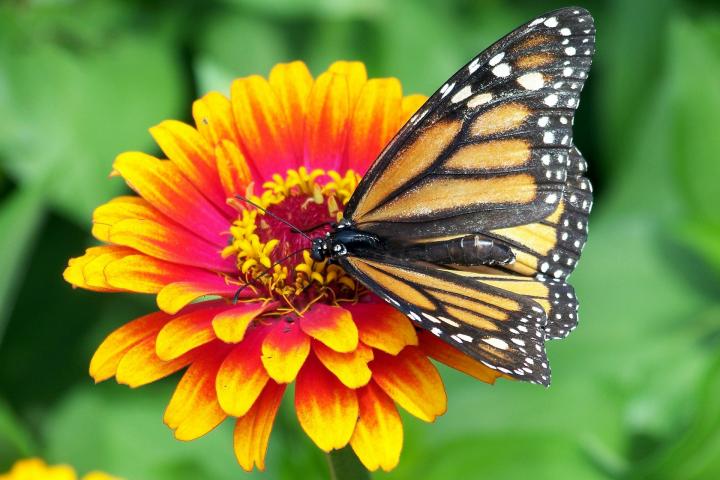
Sign up for our daily newsletter to get gardening tips and advice.
Planting, Growing, and Caring for Zinnia Flowers
ADVERTISEMENT
Hi.thank you.
My first crack at Zinnias. The first concrete pot planted a month ago
produced only six or seven plants, with one only two inches high. I did
place the seeds 3/4 of an inch into the new soil, which what I have red is
toooooo deep.
The second pot was all metal and it has excellent growth with most
of the seeds; all of which are about two inches high or more.
A week later I planted another ground based concrete planter with very
mix results. Many of the seeds never developed and the ones which did, are
only a little over one inch high.
I use David's Seeds out of Texas.
,
BTW, this piece was a very, fabulous read, indeed, especially for green horns
like meself.
It is too bad one can not download pictures.
Hi Hans, I'm not affiliated with this site, so I don't know if they have some kind of license for people to save the photos. I'm just researching zinnias, like you.
Right-click your mouse over a picture and there are several options (this is called a context menu), one being to "save as" and it will open your file manager and you can browse to where you want to save it.
cheers
My zinnia plant had quite a few flower buds (one had bloomed to a gorgeous pink hue) and today I found most of the buds neatly(?) pinched off underneath the plant. Wondered about animal, vegetable (joke) or human hands were responsible for the pruning. The rest of the plant is healthy and tall. Any ideas?
I have found that birds hack into the stem about 3inches below the bloom and suck out water. Anyone else see this happening?
Could it be a groundhog? They are known to like zinnias. Some chipmunks also like zinnias (especially seeds) and squirrels may occasionally nibble. Deer usually do not like zinnias but may eat them in certain cases. Some rabbits will nip zinnias, with clean cuts, while others avoid these flowers. Birds will go after the seeds and pull petals off. Some of these animals will eat during the night.
I planted my Zinneas in flower boxes and they now have buds, however, the leaf edges are turning kind of yellow and crunchy? What's up?
If zinnias get too tall can you cut them back so they get bushier?
Hi, Kathy. For bushier zinnias, you need to cut back stems while the plant is young. If your zinnias get too tall, you can do a hard pruning by cutting back the plant by about two-thirds.
Thank you so much from a gardeners experience. I realize zinnias are pretty simple to grow, but I’m still kinda concerned about WHERE to plant them.
Will them keep reseeding? I’ve read yes, I’ve heard no.
I’ve got an 8 hr eastern sun exposure.
Does this work?











